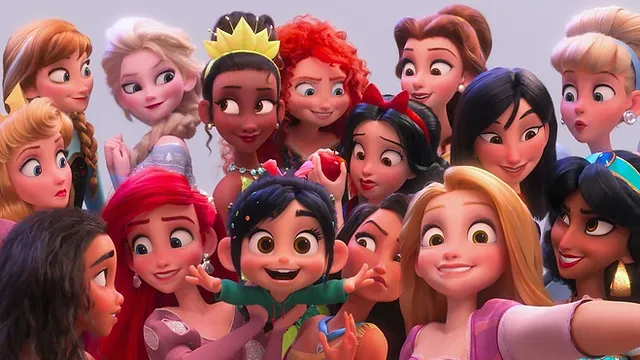Once upon a time, Disney princesses were the epitome of grace, beauty, and the dream of being swept off their feet by a charming prince. However, as the years have passed, the narrative of these iconic characters has evolved significantly, reflecting broader societal changes and a shift in the values that are celebrated in storytelling for children. This evolution is not just about the characters themselves but also about the messages they convey to young audiences around the world.
The Early Years: Grace and Romance
The first Disney princess, Snow White, introduced in 1937, set the stage for what a princess should be: kind, beautiful, and in need of rescue. This theme continued with Cinderella (1950) and Sleeping Beauty (1959), where the central plot often revolved around the love interest and the happily ever after that came with it. These early princesses were characterized by their beauty, grace, and the patience with which they awaited their princes.
The 1980s and 1990s: A Shift in Narrative
The 1980s and 1990s marked a significant shift in the portrayal of Disney princesses. Beginning with The Little Mermaid (1989), Ariel was introduced as a character who actively pursues her dreams, even against her father’s wishes. This theme of independence and self-determination continued with characters like Belle in Beauty and the Beast (1991), who challenges gender norms and values intelligence over appearance, and Jasmine in Aladdin (1992), who refuses to be defined by her role as a princess and seeks true love rather than a marriage of convenience.
The 21st Century: Courage and Diversity
As the 21st century dawned, Disney took bold steps to further evolve the concept of what a princess could be. Films like Mulan (1998) and Pocahontas (1995) had already begun to introduce non-European princesses with stories rooted in their cultures, but the new millennium brought even more diversity and depth to the princess lineup.
Princess Tiana from The Princess and the Frog (2009) was the first African American Disney princess, and her story focused on ambition, hard work, and the pursuit of her dreams, rather than a prince. Merida from Brave (2012) broke the mold even further, rejecting the idea of marriage and instead focusing on her relationship with her mother and her desire for control over her own destiny.
Moana (2016) took this evolution to new heights. While not officially a Disney princess, Moana is a strong, determined young woman who goes on an epic journey to save her people, driven by a sense of duty and her own innate sense of adventure. Her story is one of self-discovery and courage, with no romantic subplot to distract from her mission.
The Future of Disney Princesses
The evolution of Disney princesses from passive characters waiting for rescue to strong, independent figures carving their own paths is a reflection of changing societal values. It’s a recognition that young girls and boys alike need role models who embody bravery, intelligence, and determination.
As Disney continues to introduce new characters and reimagine old stories, it’s clear that the future of Disney princesses will continue to be about more than just crowns and romance. It will be about courage, resilience, and the power of believing in oneself. From crowns to courage, the journey of Disney princesses is a testament to the enduring appeal of stories that inspire and empower.
In conclusion, the evolution of Disney princesses is a fascinating journey that mirrors broader societal changes. From characters who once embodied traditional notions of femininity and romance to those who are independent, strong, and diverse, Disney princesses have come to represent a wide range of values and aspirations. This evolution is not just a reflection of changing times but also a powerful tool for inspiring young audiences around the world to dream big and believe in their own abilities to shape their destinies.
